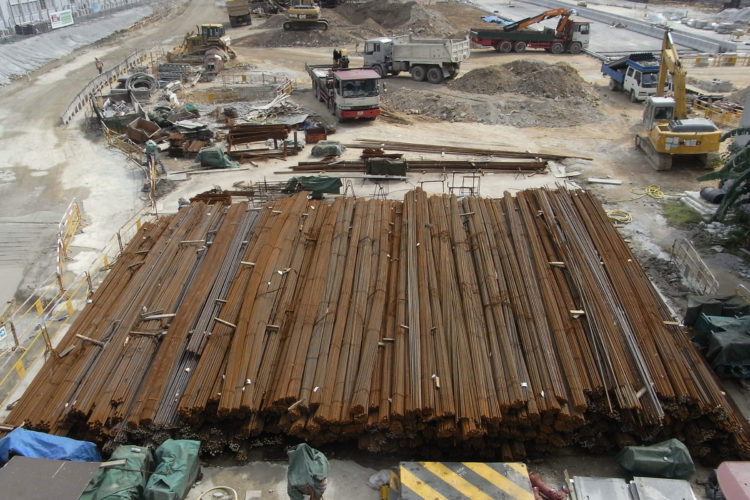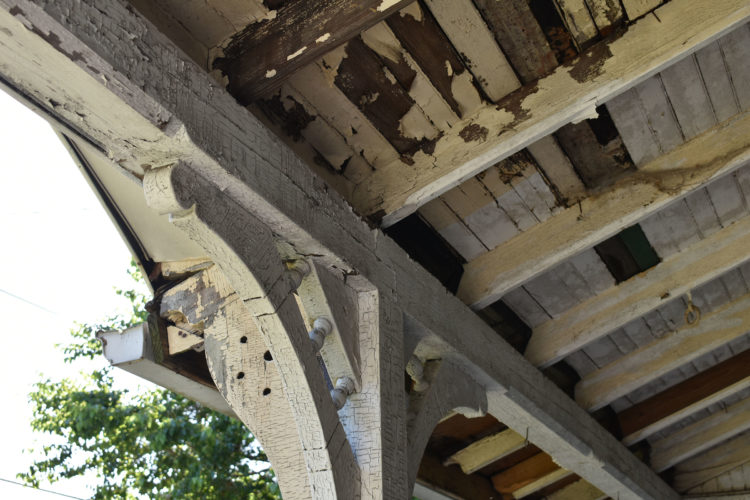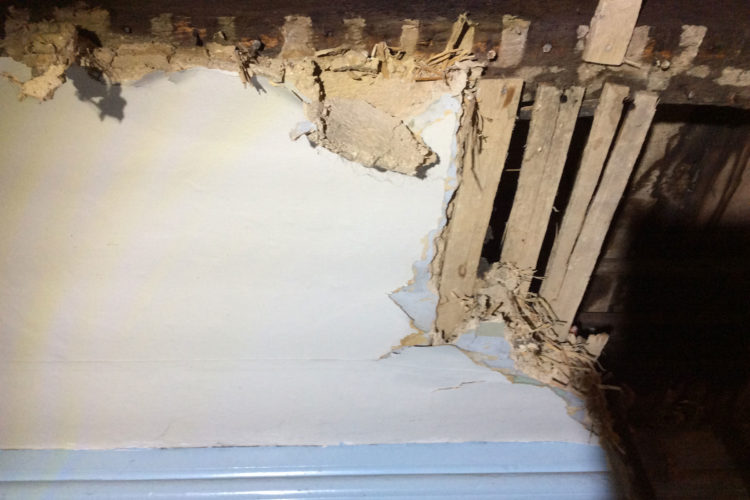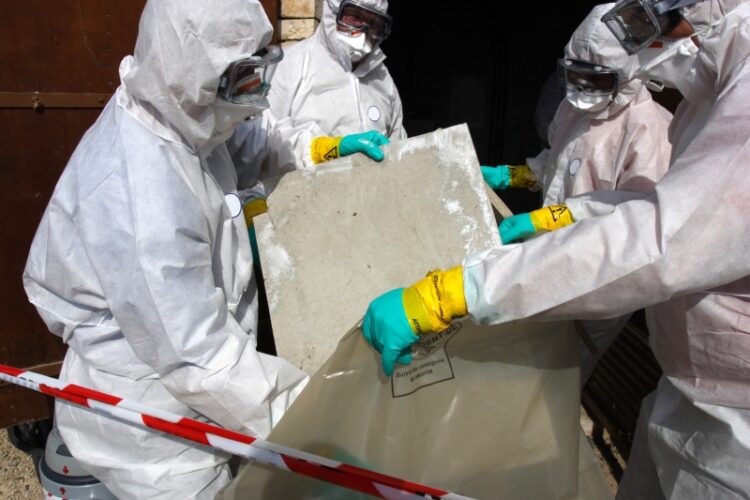Asbestos Today: Products That Still Contain This Toxin
It’s no secret that asbestos has had its time in the spotlight during human history. Up until just recently, asbestos was frequently used for a wide variety of applications dating back to antiquity. Roughly fifty years ago, the United States began restrictions […]










